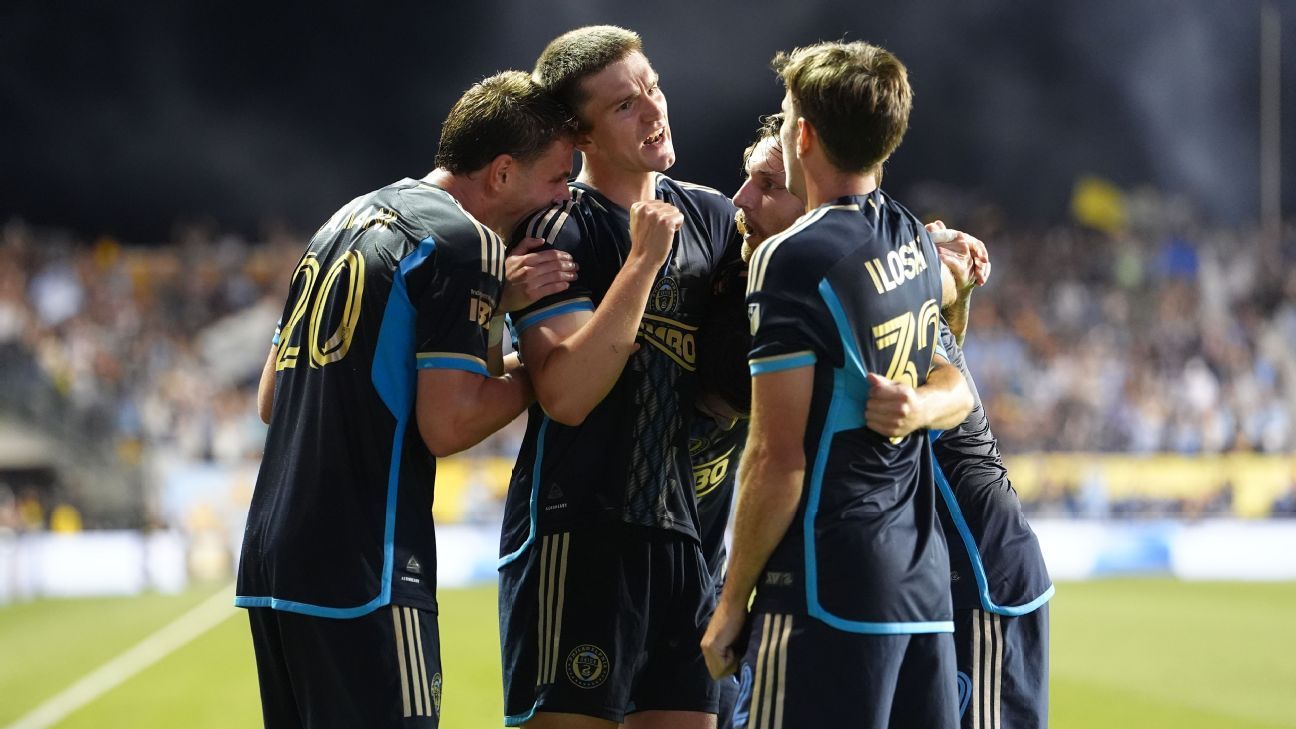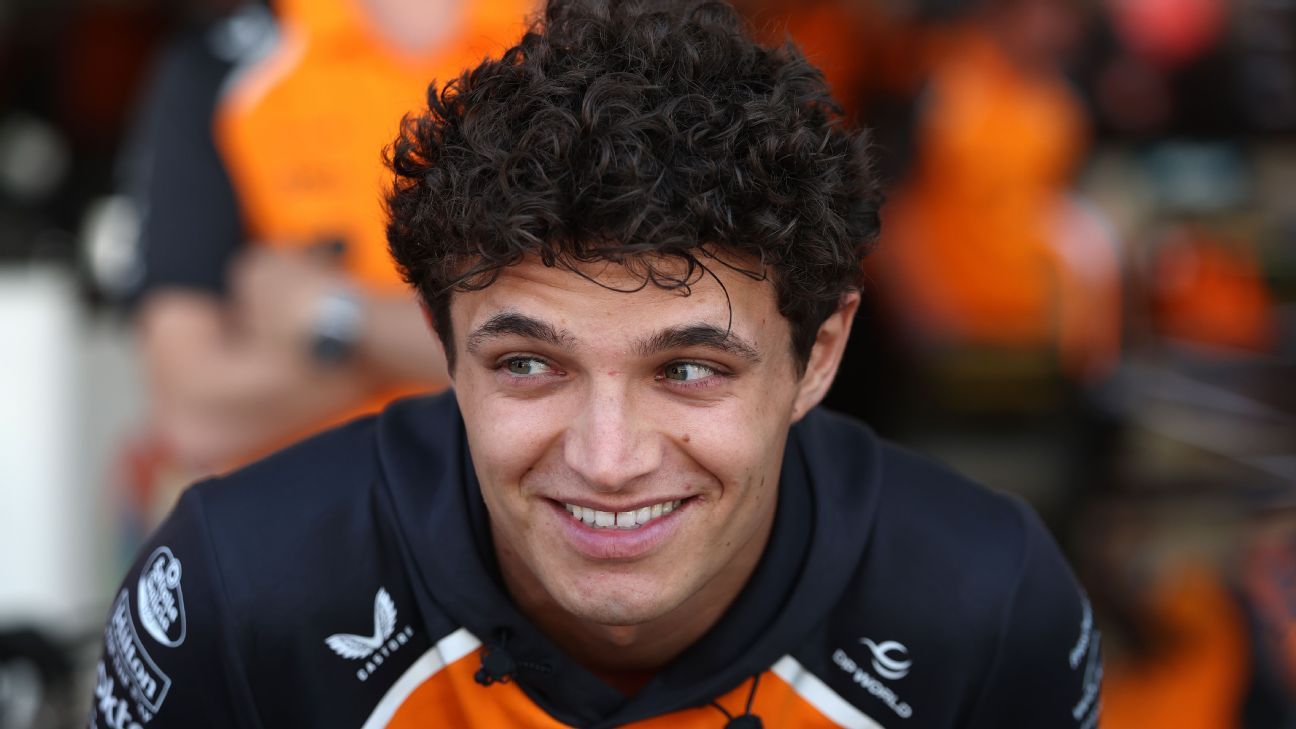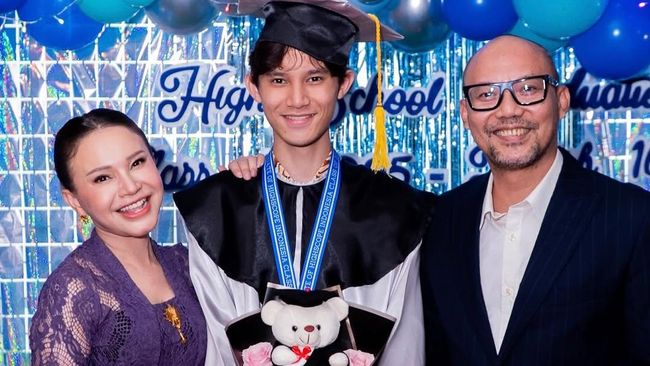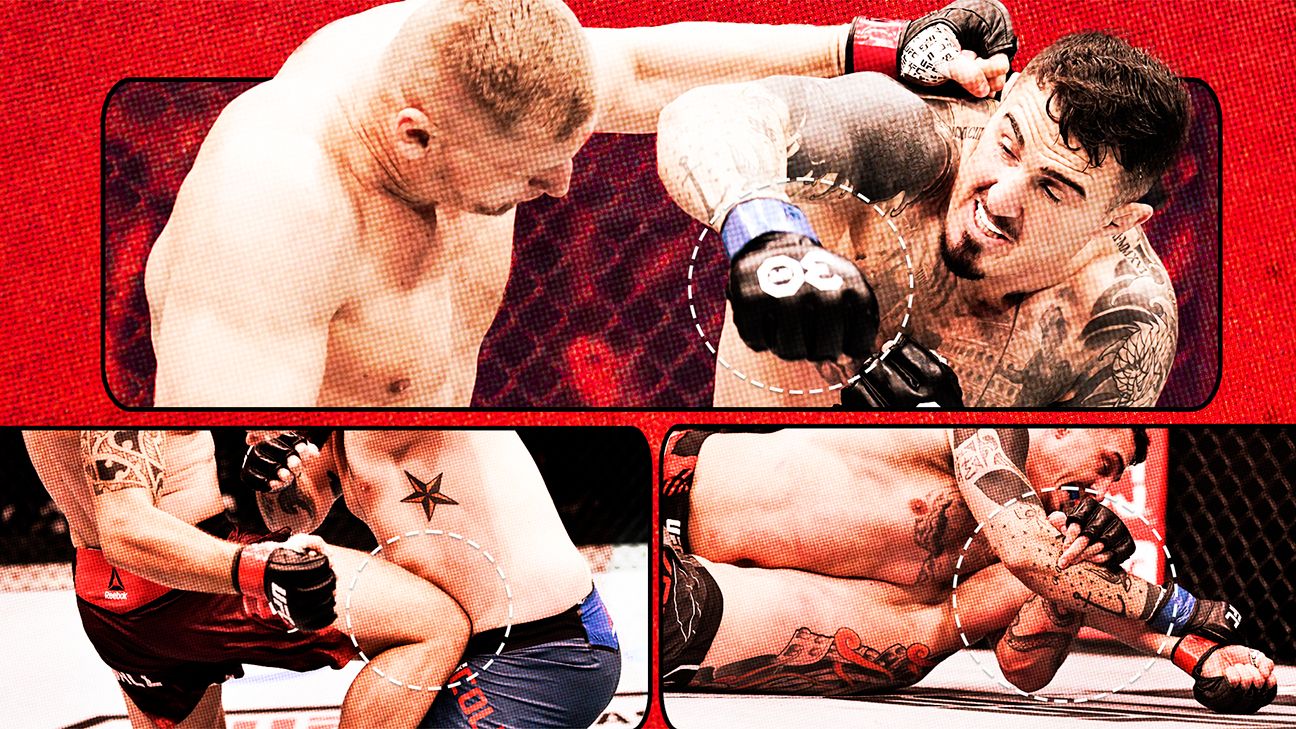
Tim KurkjianOct 24, 2025, 07:00 AM ET
- Senior writer ESPN Magazine/ESPN.com
- Analyst/reporter ESPN television
- Has covered baseball since 1981
In the 15 days in October we spent with the American League champion Toronto Blue Jays, you learn a lot about the team. Here is a sampling:
The game glove that infielder Ernie Clement uses was purchased a few months ago on eBay. "Mine was getting worn, so this one looked good on eBay, so bought it,'' he said. "I have to wear a glove underneath my glove because this glove is so old, it has no padding in it.'' Even with a glove purchased on eBay, Clement is a terrific defender. He is an AL Gold Glove finalist at third base and as a utility player. He personifies the flexibility of the Blue Jays, an elite defensive team that moves several players around the infield, and has others who play infield or outfield equally well. Clement can really throw on the run, and his transfer on the double play from second base is lightning fast. He has 18 hits and only two strikeouts in 42 at-bats in this postseason in which he has shined as a damn good player. His aggressive hitting approach comes from Coach Pitch when he was 6 years old. "We got three pitches per at-bat,'' he said. "My dad would say, 'You'd better swing.''' Clement also happens to look exactly like a young Aaron Boone. "I've heard that,'' Clement said, smiling. Boone said, laughing, "So have I. I'll have to meet him someday and tell him that this [his face] is what he has to look forward to someday.''
Reliever Louis Varland will pitch whenever you give him the ball. His preference would be to pitch every day. He pitched in 10 of the 11 postseason games for the Blue Jays. He started as an opener against the Yankees in Game 4 of the AL Division Series one day after pitching in relief. "He would have pitched nine innings if I would've let him,'' manager John Schneider said. That competitive nature comes from his time as a high school wrestler in Minnesota. Varland wrestled as a freshman at 106 pounds and 160 pounds as a senior. His junior and senior year in baseball, he played at 185 pouonds -- he would lose 25 pounds to make weight for wrestling, then gain it back for baseball. "I would lose 20 pounds in a week,'' he said. "I did it the unhealthy way. We'll just leave it at that.''
Infielder Andres Gimenez is "the best defensive player I've ever seen at any position,'' said Guardians manager Stephen Vogt, who coached Gimenez in Cleveland in 2024. "He is incredible.'' Clement, a brilliant defender himself, said Gimenez "is the best I've ever seen. He makes plays no one else can make.'' Gimenez is the best defensive second baseman in baseball, but after the injury in early September to Bo Bichette, Gimenez moved to shortstop where he has been tremendous. During infield practice, Gimenez takes ground balls from his knees, and uses a miniature glove, each of which trains him to focus his eyes on the ball. He has great feet in part because he played soccer growing up in Venezuela, a la Omar Vizquel. Gimenez loves soccer. "It is my hobby, I watch it all the time,'' he said. Gimenez hit cleanup on Opening Day 2025 -- and made 18 other starts there -- for the Blue Jays. He also started 34 games out of the No. 9 spot in the order during the regular season as well as all 11 games the Blue Jays have played in October. He is one of seven players in major league history to start at least 15 games out of the cleanup spot and 15 out of the No. 9 spot in a season. And during his postseason, he became one of seven players in history to hit home runs in back-to-back games out of the No. 9 spot in a postseason game.
Pitcher Max Scherzer remains an extreme competitor at age 41. "He found out that I played basketball,'' said Jays pitcher Chris Bassitt, who was a great high school basketball player. "So Max told me, 'We're playing one-on-one. And we're playing full court.''' Bassitt laughed and said, "Max, I'm not playing full court one-on-one with you.'' Scherzer started the critical Game 4 of the ALCS against the Mariners, becoming the first pitcher to start a postseason game for six different franchises. He hadn't pitched since Sept. 24. No one had any idea what he was going to give them, so, of course, he gave a sturdy 5⅔ innings. Schneider went to the mound to check on Scherzer in the fifth inning. "I'm f---ing good!'' Scherzer barked at Schneider. "Let's f---ing go!'' Schneider said with a smile, "I was scared,'' then added, "you should have seen the conversation we had between [the fourth and fifth innings]. I asked him if he was OK. He said, 'What, are you f---ing kidding? Get the f--- out of here!'' The next day, Schneider's comments were relayed to Scherzer. He smiled, half-embarrassed, half-proud, and said, "I just can't help it.''
Addison Barger swings the bat as hard as any player in the game, and his plan is to do so on every pitch. He takes relentless batting practice every day. His nickname is "Bam Bam," but it comes from the name of his mother's dog, not how hard he hits a baseball. He plays third base and right field -- more Toronto defensive flexibility. "He has the best throwing arm of any third baseman I've ever seen,'' Clement said. In an 8-2 victory in Game 4 in Seattle, Barger's tremendous throw from right field cut down Josh Naylor at third base for a crucial third out in the sixth inning. "He threw 98-99 [mph] in high school,'' Schneider said. When I asked Barger if he could throw 98-99 mph today if he were asked to close on the mound, he laughed and said, "I'd throw 100.''
Catcher Alejandro Kirk, at 5-foot-8, 240 pounds, looks less like an athlete than anyone on the field, the catching equivalent of Bartolo Colon. But "he has tremendous bat-to-ball skills,'' Schneider said. "And the first time I saw him catch, I saw that he had elite hands. And he never gets too excited. And he never gets pissed off.'' Kirk blocks balls in the dirt as well as any catcher in the game, and is exceptionally adept at catching pitches down. Kirk hit two home runs on the final day of the season when the Blue Jays clinched the AL East title, then became the first player in major league history to follow two homers in the season finale with two home runs in the first playoff game. Kirk is immensely popular in Toronto. "Everyone just loves him here,'' Clement said. "When he stole his first base of the season, I was at the plate. I had to step out of the box because the cheering was so loud from the fans.''
Ace Kevin Gausman has one of the best split-fingered fastballs of any pitcher in the game, but the grip on that pitch can occasionally cause a blister so Gausman usually doesn't throw his split during his bullpen sessions between starts. "That's rare,'' Bassitt said. "But he is so comfortable with the grip, he doesn't need to practice it.'' Gausman pitched in relief in the clinching Game 7 against the Mariners. "I can get loose in a hurry,'' he said before the game. "I grew up in Colorado. It was cold. To get warm, and to get loose quickly, I would put hot stuff all over my body. It really worked, but when you I started to sweat, whoa.''
First baseman Vladimir Guerrero Jr., one of the best hitters in the game, went to a new level in the postseason, going 19-for-43 with six homers, 13 RBIs and only three strikeouts. "He has power, and he's a pest at the plate,'' Blue Jays outfielder Myles Straw said. "Not many hitters are both. He's one of the best hitters I've ever played with. Bottom of the ninth, need a hit, I take Vladdy every time.'' Guerrero was a wrecking ball against the Yankees in the division series, and equally destructive against the Mariners in the ALCS. "He has a long swing, but he can cover anything,'' Gausman said. "Not many hitters can do that.'' Clement was asked to explain how anyone can hit with such power, and also put the ball in play as often as Guerrero. "There is no explaining him,'' Clement said. "He is on a different level.'' Guerrero is also a very good defensive first baseman, he has already won a Gold Glove, and is a Gold Glove finalist this season. He also runs so much better than people think, which he showed when he scored from second on a single in the ALCS. There is a perception that Guerrero is a heavy-set, unathletic first baseman. "Nothing could be further from the truth,'' Clement said. Guerrero, the son of Hall of Famer Vladimir Guerrero Sr., is an instinctive player "with a really high baseball IQ,'' Schneider said. "He had that when he was 18 years old.'' Indeed. In Game 6 against Seattle, he got a great read on a ball in the dirt, advanced to third, then scored on a throw in the dirt by Mariners catcher Cal Raleigh. On the key throw by Barger in Game 4 of the ALCS, the throw could have gone home or to third. Guerrero was aggressively signaling Barger to throw it to third. Guerrero gets those instincts, that feel for the game, from his father: They are the other father-son combination to each have a four-hit game in the postseason.
Pitcher Trey Yesavage, age 22, made three major league starts, then started Game 2 against the Yankees, becoming the seventh pitcher in history to start a postseason game having thrown 14 innings or less in his regular-season career. Of course, against the Yankees, he pitched 5⅓ innings, gave up no hits, walked one and struck out 11 -- he is the first pitcher to strike out 10 in the first four innings of his first postseason start. He showed incredible poise, and has a presence on the mound like that of Gaylord Perry. Schneider never saw Yesavage in spring training. He was so far from playing in the major leagues, he was always throwing on a back field. "As he was moving up, I saw him on film and video,'' Schneider said. "But when he got here, he looked different.'' Film and video can tell you only so much about a player. Yesavage's slider is thrown from directly over the top and that steep angle makes it very hard to pick up, a la Juan Guzman. "I have never seen a slider like that,'' Kirk said. Backup catcher Tyler Heineman said, "Neither have I.'' Yesavage also dominated the Yankees with his split, which also baffled the Mariners in Game 6. There is a rule in baseball that you don't speak to that day's starting pitcher on the day of the game. Yet there was Yesavage, before Game 6 against Seattle, talking to ESPN's Karl Ravech about football. Yesavage went out and threw well for 5⅔ innings in an elimination game.
Utility man Davis Schneider is an above-average defensive second baseman and an above-average defensive corner outfielder. He doesn't look like a baseball player with his mustache and thick glasses. But he is the personification of a baseball player. He hits every day with Barger, his buddy, and he swings almost as hard as Barger does. "He was almost released three times in the minor leagues," Schneider said. "But he kept on fighting. He just figured it out.'' He's not the only Blue Jay player who figured it out.
Schneider is superstitious. Before Game 6, he walked to the ballpark. "I either drive or walk,'' he said. "I walked yesterday. We won. So I walked again today.'' When asked if he ran into any fans on the street, he said, "Yeah, a few. They all said, 'Good luck.''' Then Schneider smiled and said, "Last year, when we weren't very good, I drove to the ballpark all the time.'' Buck Martinez, a former major league catcher and former Blue Jays manager who has broadcast Blue Jays games for 15 years, said that Schneider reminds him "of Bobby Cox in 1985,'' the year that the Blue Jays started to win.
Straw, like Clement, is considered a "glue guy.'' Straw appreciated the compliment, but said, "We have 10 of those guys on this team.'' Schneider said, "This is the tightest group I've ever been around.''
Designated hitter George Springer's three-run homer in the seventh inning of Game 7 of the ALCS, was one of the three biggest home runs in club history. Springer struggled terribly last year at the plate but worked with former Astros teammate Michael Brantley, a dear friend and a great hitting instructor, in the offseason. Springer, who hit sixth on Opening Day, raised his OPS .285 points in 2025, by far the biggest increase in the major leagues. He became an elite player again, he returned to the leadoff spot and probably will finish in the top five in AL MVP voting this year. "He is 36 years old, but he acts and plays like he is 20,'' Schneider said. When told that the Blue Jays' defense was exceptional this season, Springer laughed and said, "Well, that's because they got the old guy off the field and let the young bucks roam around the outfield.''
The Blue Jays win because of an elite defense, good starting pitching and an offense that led the major leagues in batting with a .265 average. They changed their offense approach this season: use your "A" swing every time, or don't swing. "Sell out,'' Schneider said. "Or don't swing.'' In the postseason, the Blue Jays hit .296; the rest of the playoff teams hit a combined .218. They put the ball in play better than any team in the major leagues. "The major league batting average on balls in play is .300, that's all you need to know,'' Bassitt said. "In the game today, striking out is OK. Not here. For us, it's not OK to strike out.'' In the postseason, the Blue Jays struck out 65 times compared to 108 by their opponent. They struck out every 6.1 at-bats. All other teams in the postseason averaged a strikeout every 3.4 at-bats. The Blue Jays scored 71 runs and struck out 65 times. The last team to score more runs than they had strikeouts in 11 postseason games was the 2007 Red Sox, who won the World Series. And that's why the Blue Jays have a fighting chance against the mighty Dodgers.

 3 hours ago
3
3 hours ago
3












































